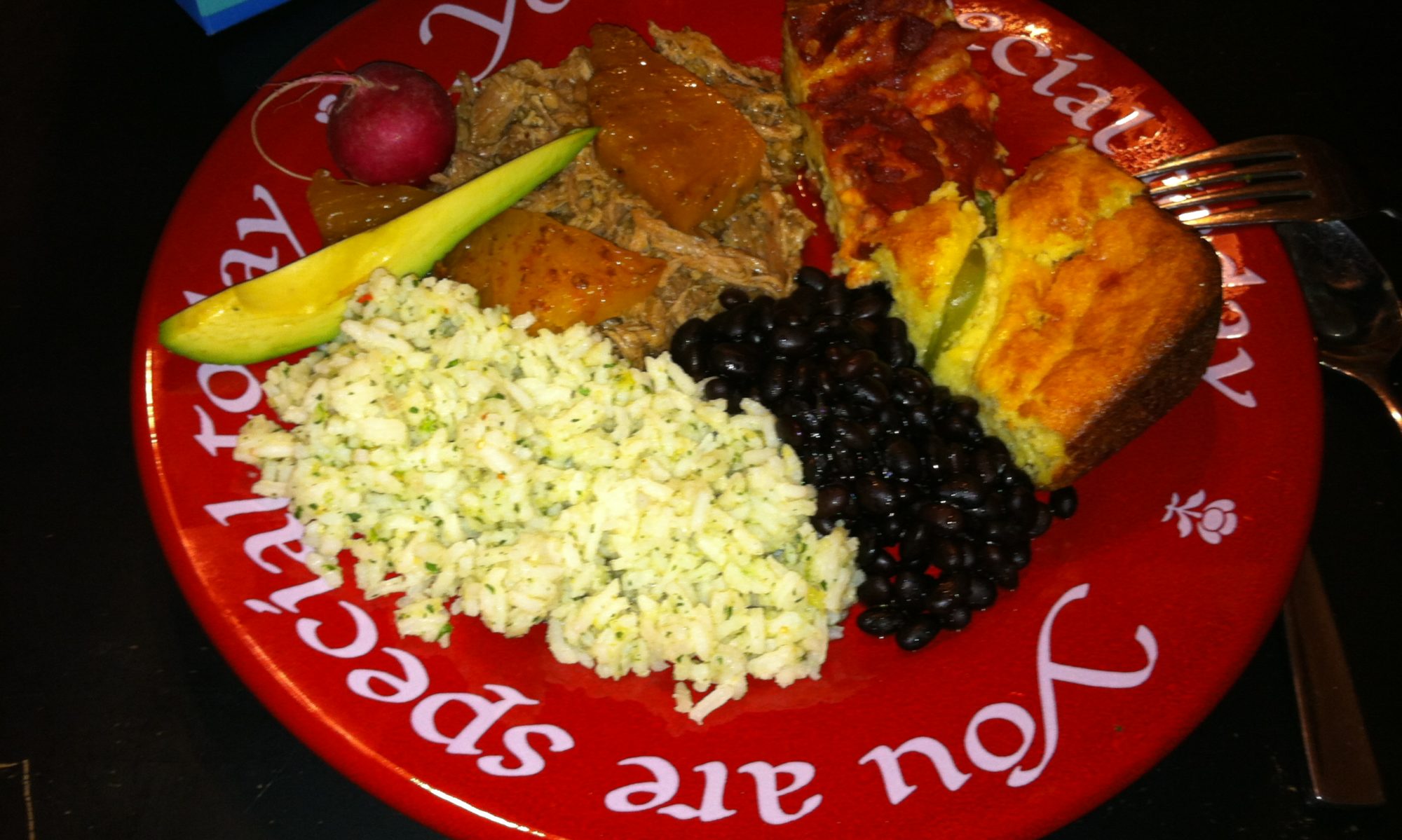
Photo by James Besser on Unsplash
When my mother passed away in November, I simultaneously became a 59 ½-year-old orphan and the oldest living member of my immediate family. It is sobering to think of my ongoing responsibilities to extended family members in this dual role.
I am the oldest of five siblings. My brother and I are the bookends of the brood, with 12 years and three sisters in between us. I call him my “favorite” brother; he (lovingly) refers to me as his “only” brother.
My father passed away before my brother’s two teenage sons were born, so they will know their grandfather only if we teach them about him. And they need to know the great heritage that he left them.
My father is the finest man I have ever known. He was kind, hard-working, and trustworthy. He behaved the same way in public as he did at home. I never saw him say or do anything inappropriate, nor did he ever raise his voice in anger. If I can be half as good a man as he was, my life will be a success.
And my mother was his equal. She was a writer, a poet, and a teacher, whose passion for perfection led her on a life-long quest for learning. But most of all, she had an unlimited capacity to love. If Mom decided that you were worth loving (and very few people were not worthy in her estimation), she would love your fervently and unceasingly.
My four siblings live within 15 minutes of our home. Nearly all of our children live within a stone’s throw as well, which means that we have regular opportunities to get together for extended family celebrations.
So we gathered together recently to celebrate my father’s (July 7) and mother’s (August 15) birthdays. We had 34 adults (my parents’ children and grandchildren) and 12 children (their great-grandchildren) present; we missed those who were not able to attend because of illness or distance.

And food! We had lots of food. I smoked nine racks of St. Louis style pork ribs, which we slathered with homemade cherry barbecue sauce. We made mac and cheese and served it with cornbread. Everyone else brought food to match our BBQ theme.
The only thing better than eating good food is eating good food with people you love. We laughed, loved, and ate until we could eat no more.
We may have started a new family tradition.
Smoked Pork Ribs
- St. Louis style pork ribs
- ½ cup brown sugar
- ¼ cup kosher salt
- ¼ cup ground black pepper
- 2 tablespoons smoked paprika
- Tart cherry juice
Remove the ribs from the refrigerator about one hour before you begin cooking so that they can come to room temperature. Heat your smoker to 250*.
Mix the brown sugar, salt, pepper, and paprika thoroughly. Pat the ribs dry with a paper towel. Remove the membrane on the bone side of the ribs. You may need to use pliers to get a grip on the membrane.
Season both sides of the ribs with liberal amounts of the rub. Put the ribs upright in a rib rack. Place the ribs into the smoker.
The ribs need to smoke about 5 to 6 hours. Check the ribs hourly to monitor their progress. Spray the ribs with tart cherry juice each hour to keep them moist and to infuse them with flavor. The ribs are done when they are dark brown and crusty, with the meat pulling back a bit from the tips of the bones.

Cherry BBQ Sauce
(Adapted from Steven Raichlen’s Best Ribs Ever)
- 2 tablespoons unsalted butter
- 1 medium onion, chopped
- 2 cups fresh or frozen sour cherries
- 1 ½ cups tart cherry juice
- ½ cup ketchup
- ½ cup cider vinegar
- ½ cup brown sugar
- 2 tablespoons honey
- ¼ cup cherry preserves
- 2 tablespoons Worcestershire sauce
- Kosher salt and ground pepper to taste
Melt the butter in a heavy saucepan over medium heat. Add the onions, and cook until they are translucent. Add the cherries and cook until the mixture is soft.
Add the cherry juice, and increase the heat to high. Let the mixture simmer until the liquid is reduced almost by half.
Reduce the heat to medium. Add the remaining ingredients. Let the sauce simmer for about 6 minutes.
Remove the pan from the heat and let the sauce cool. Puree in a blender. Taste the sauce, and add additional salt and pepper if needed. Makes about 3 cups.







